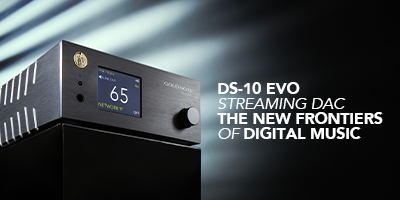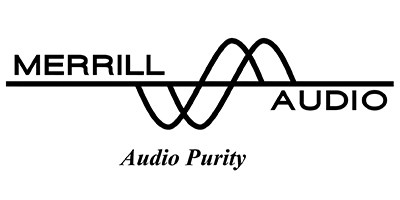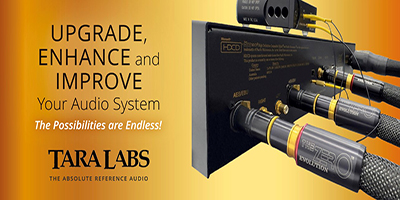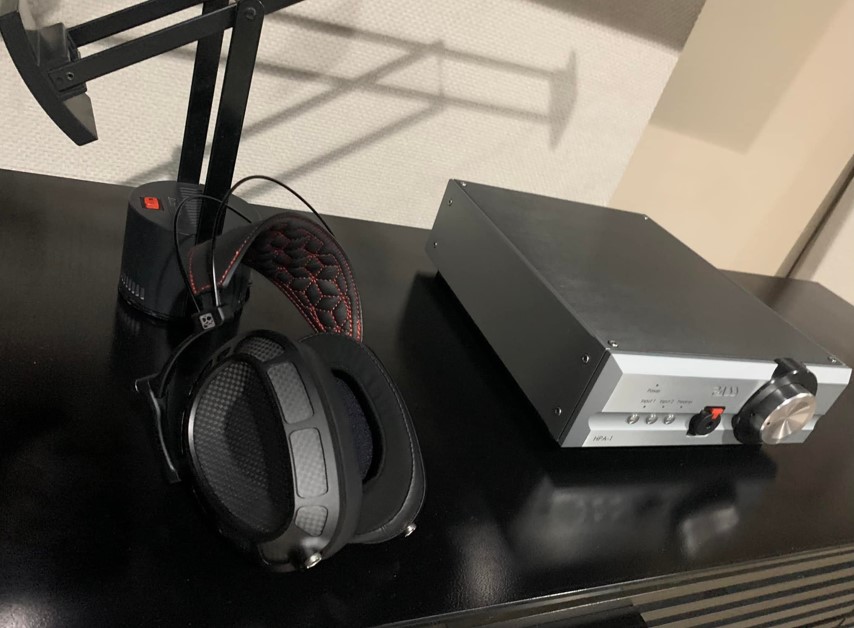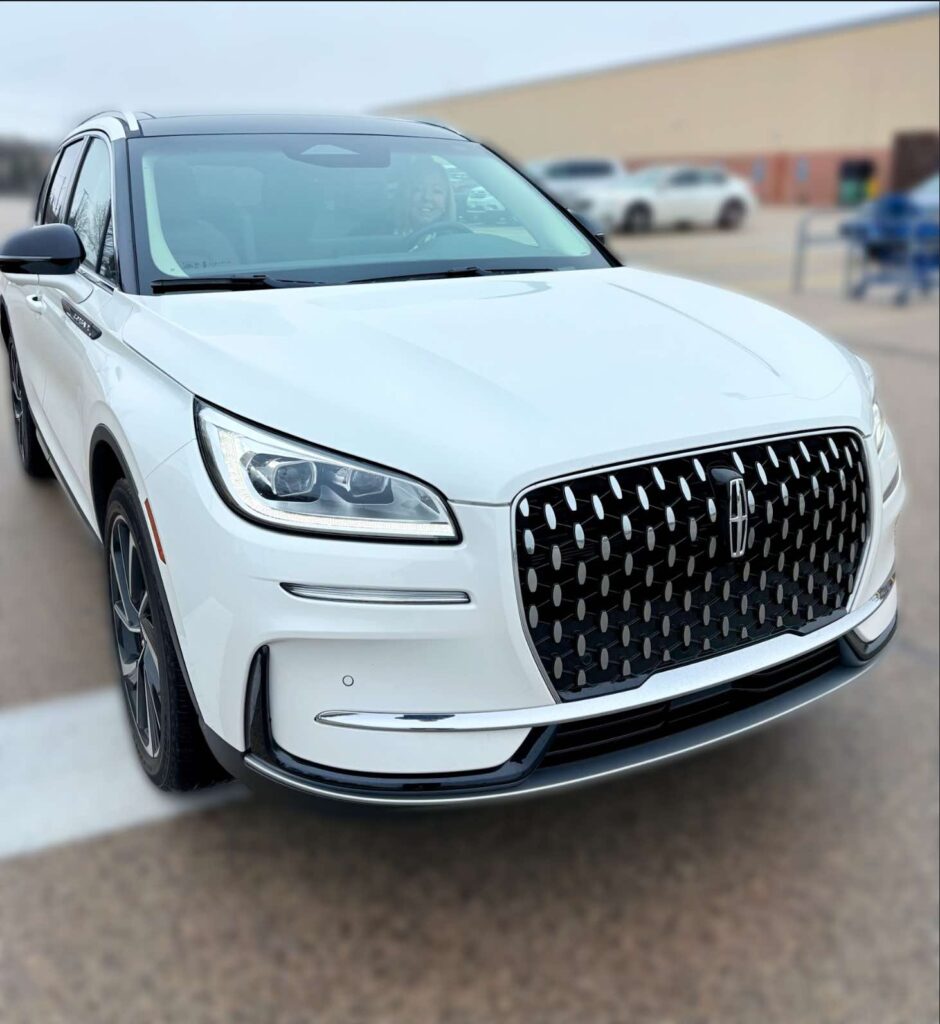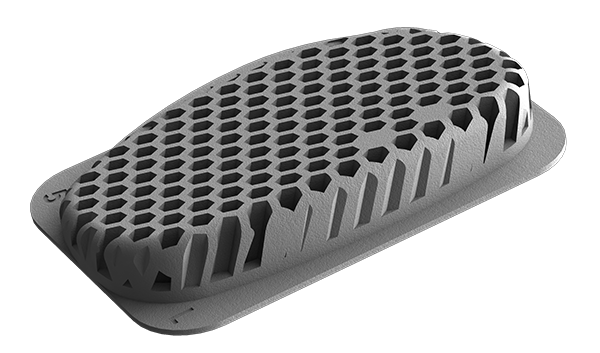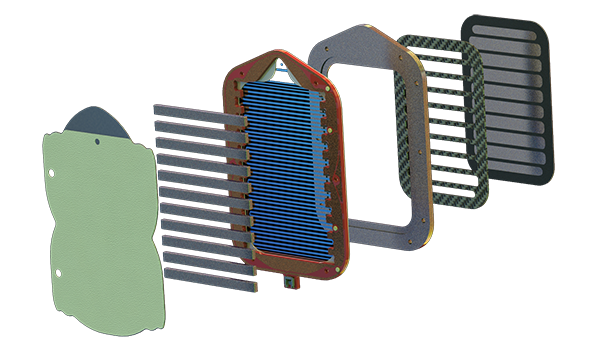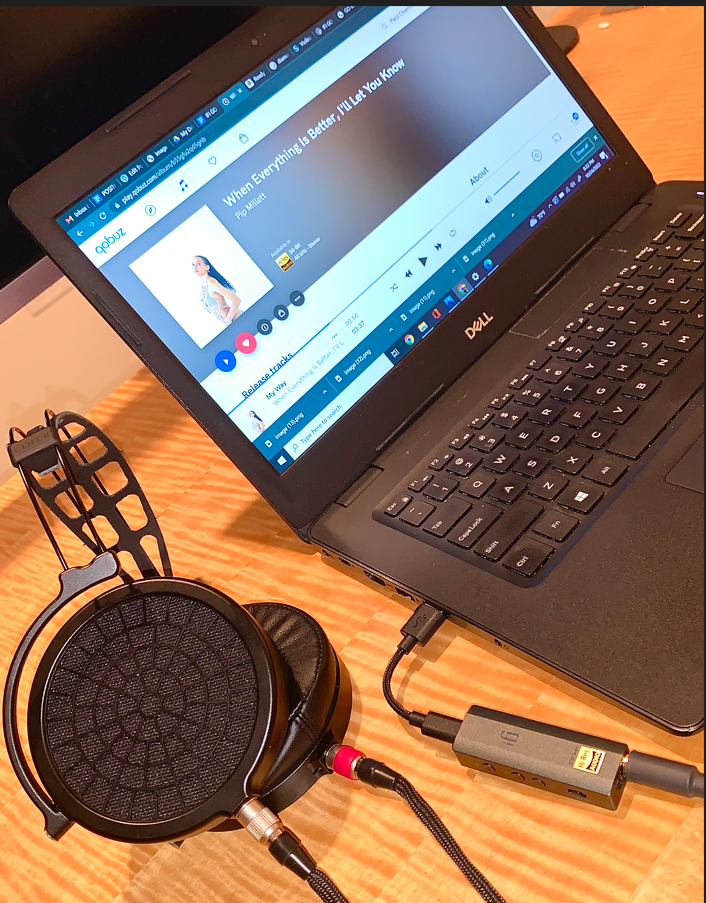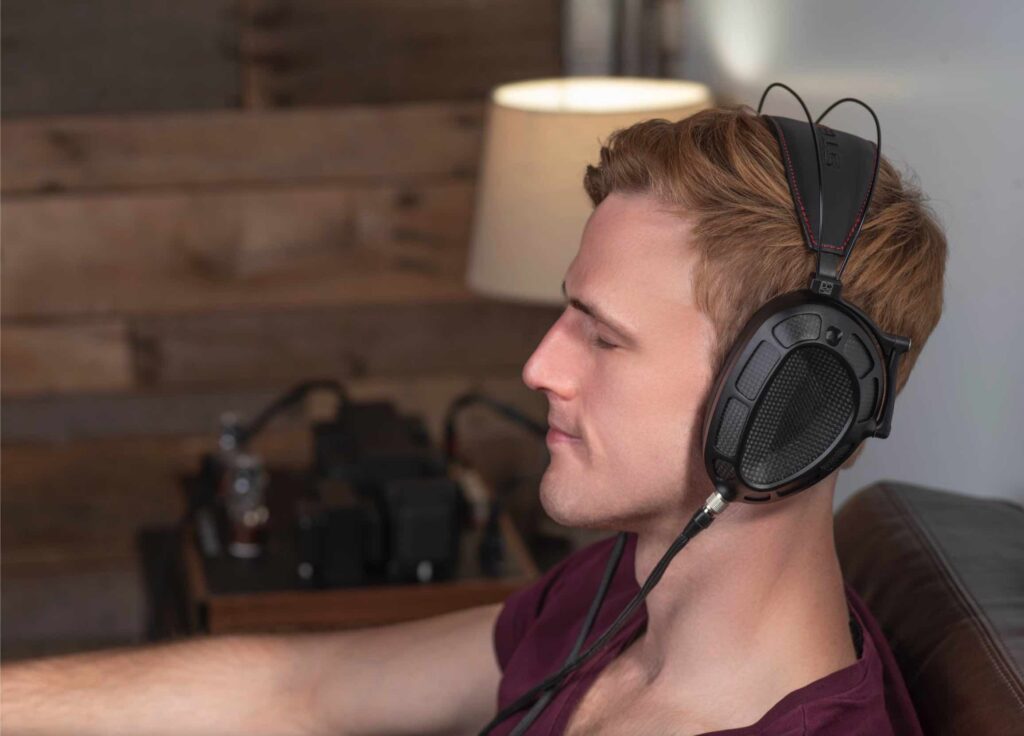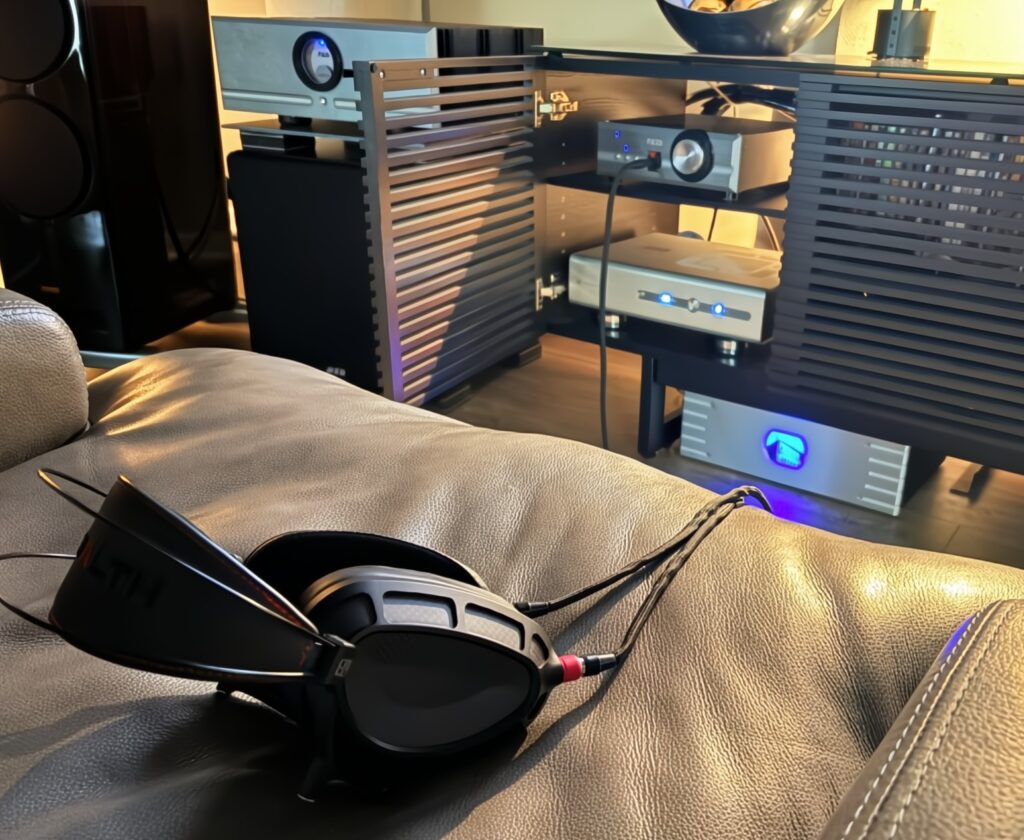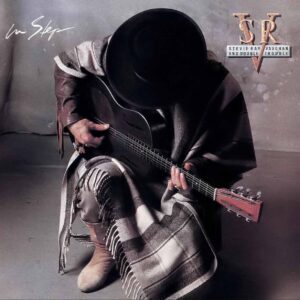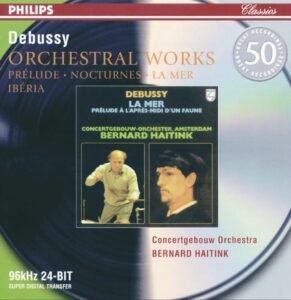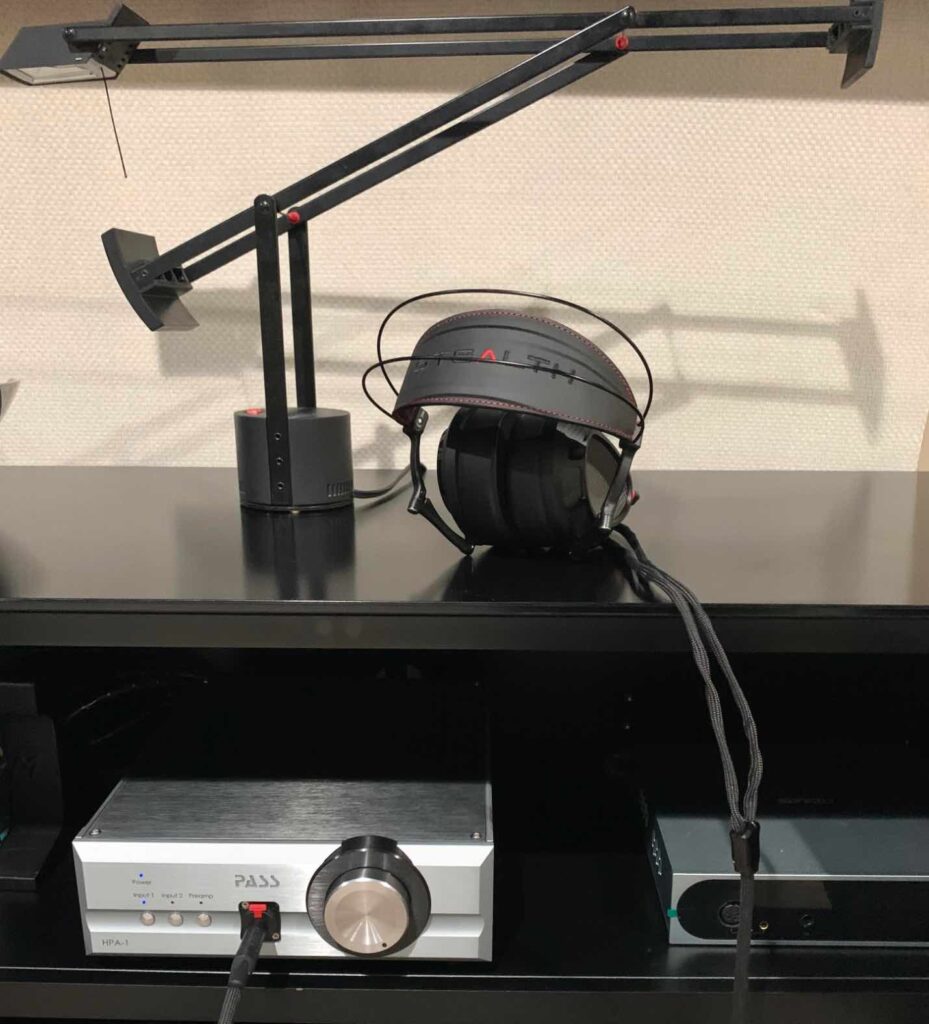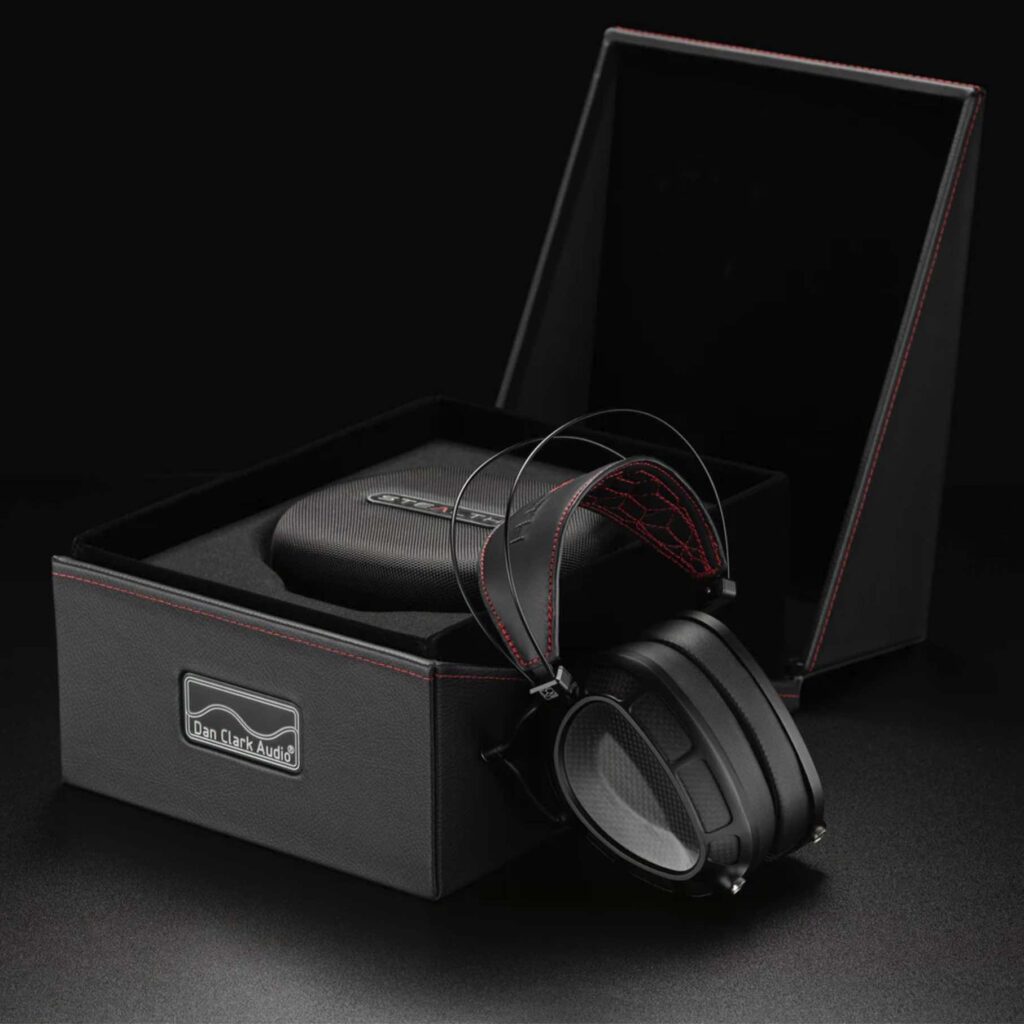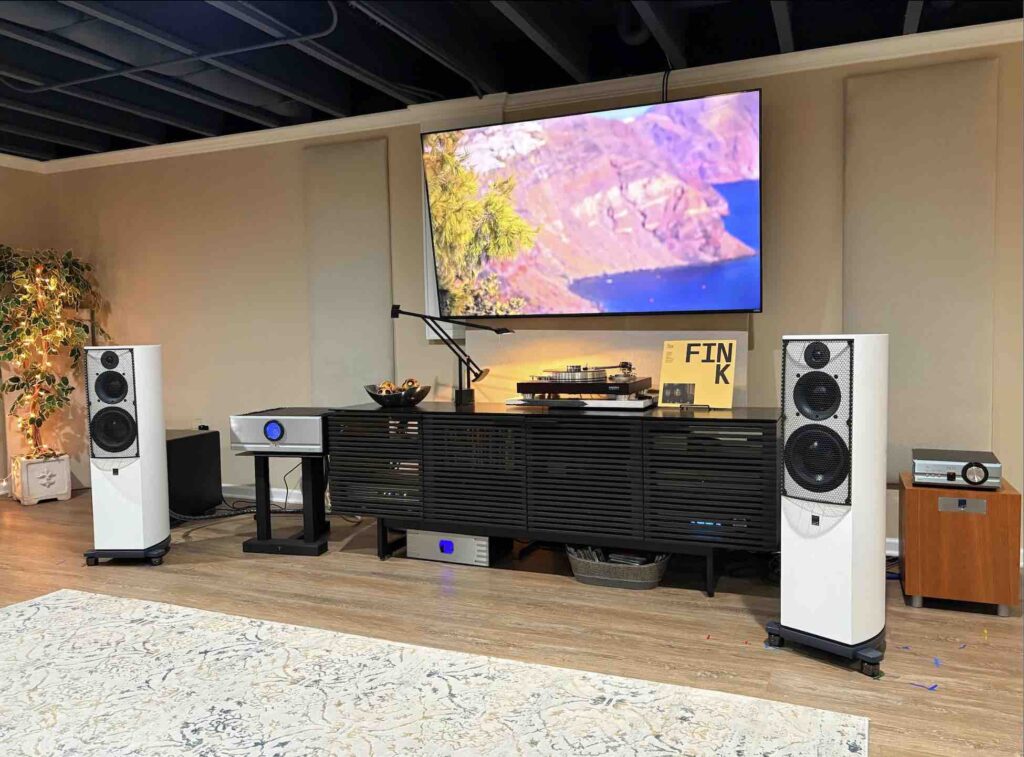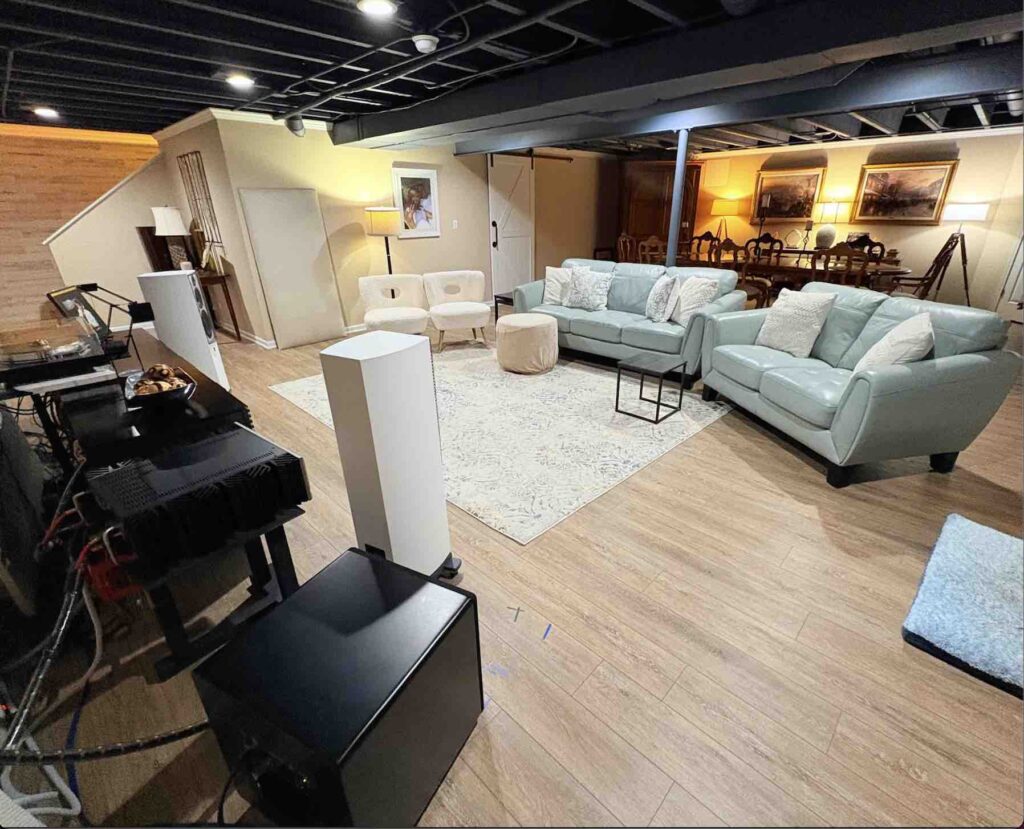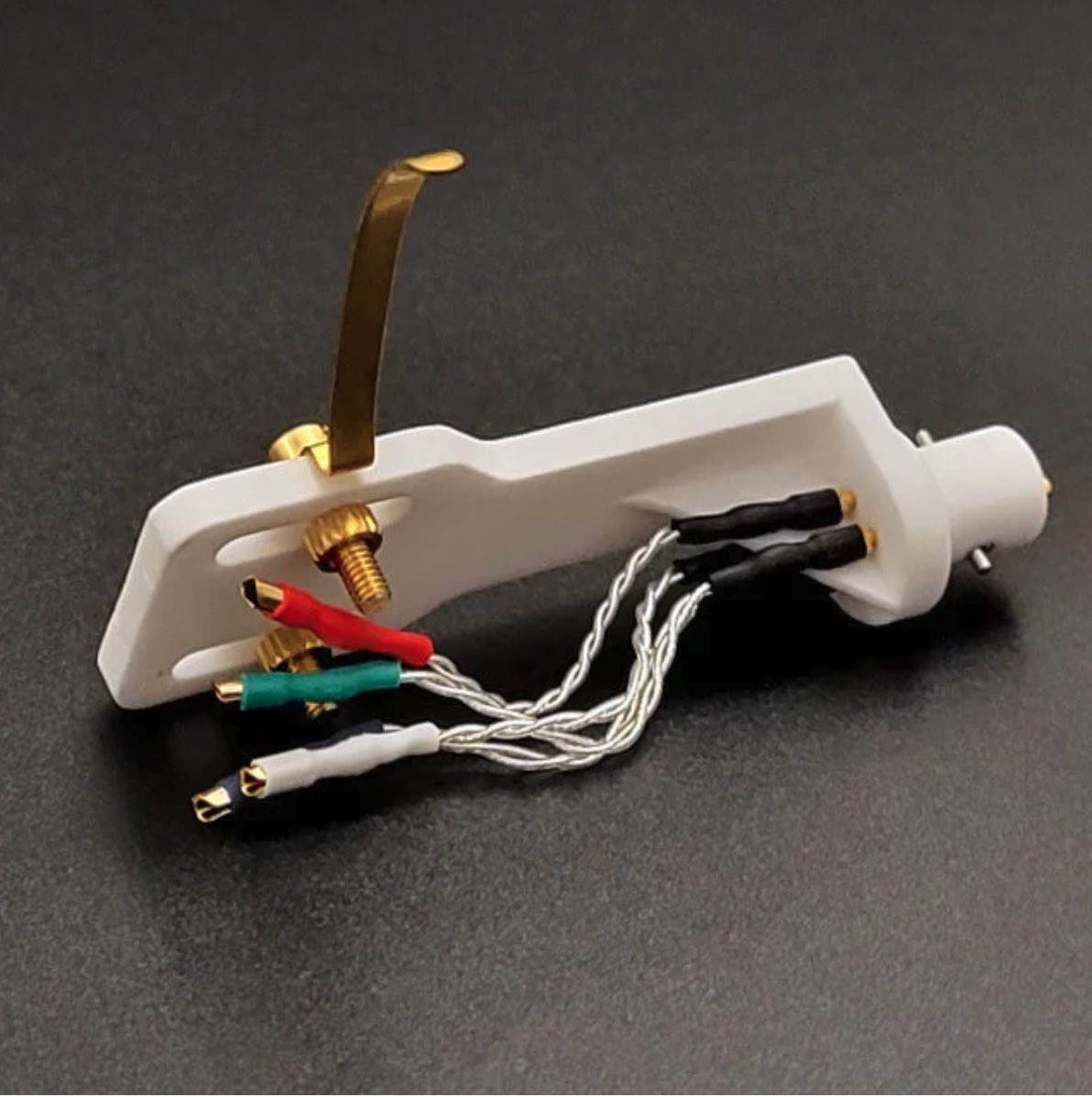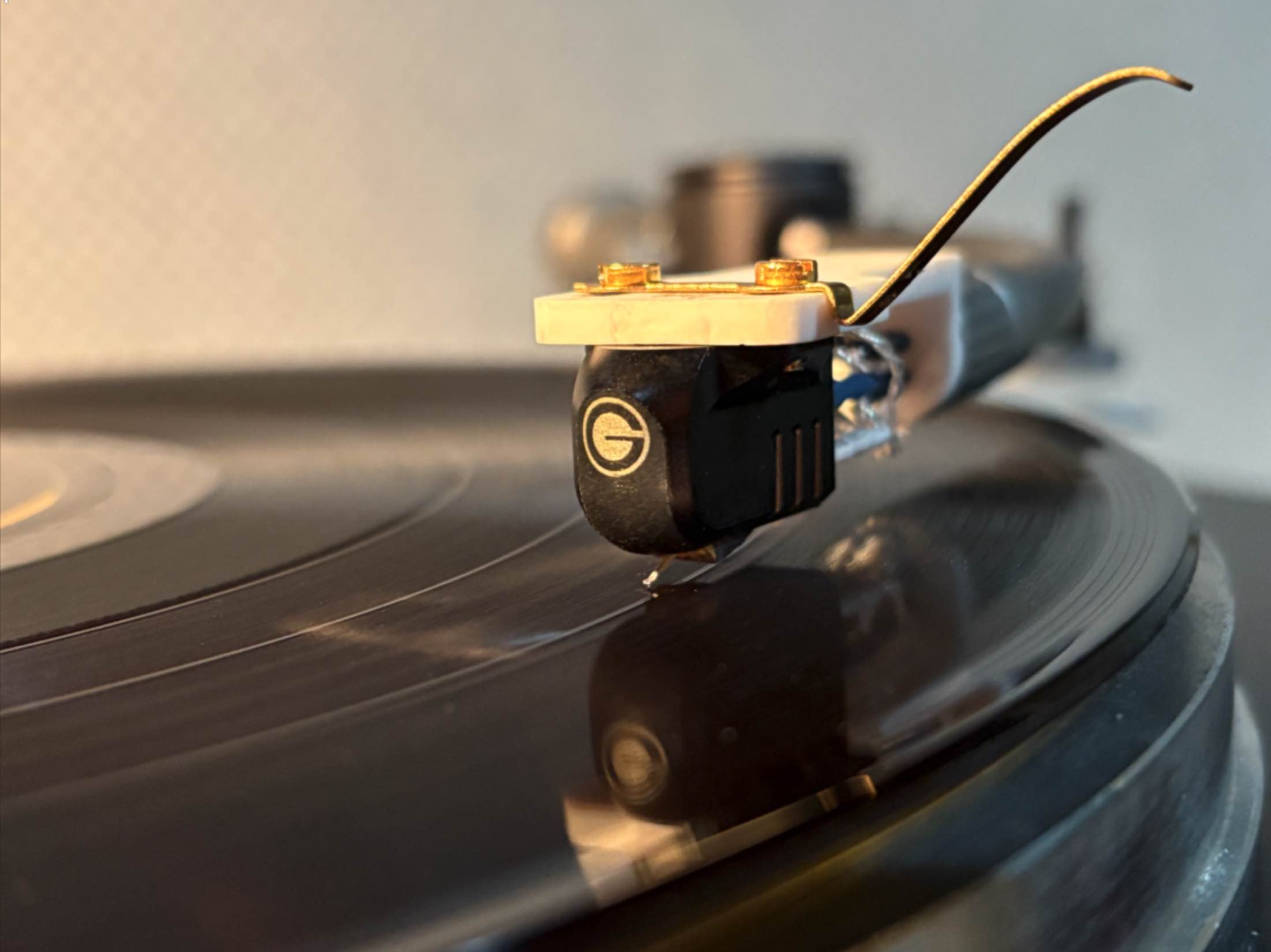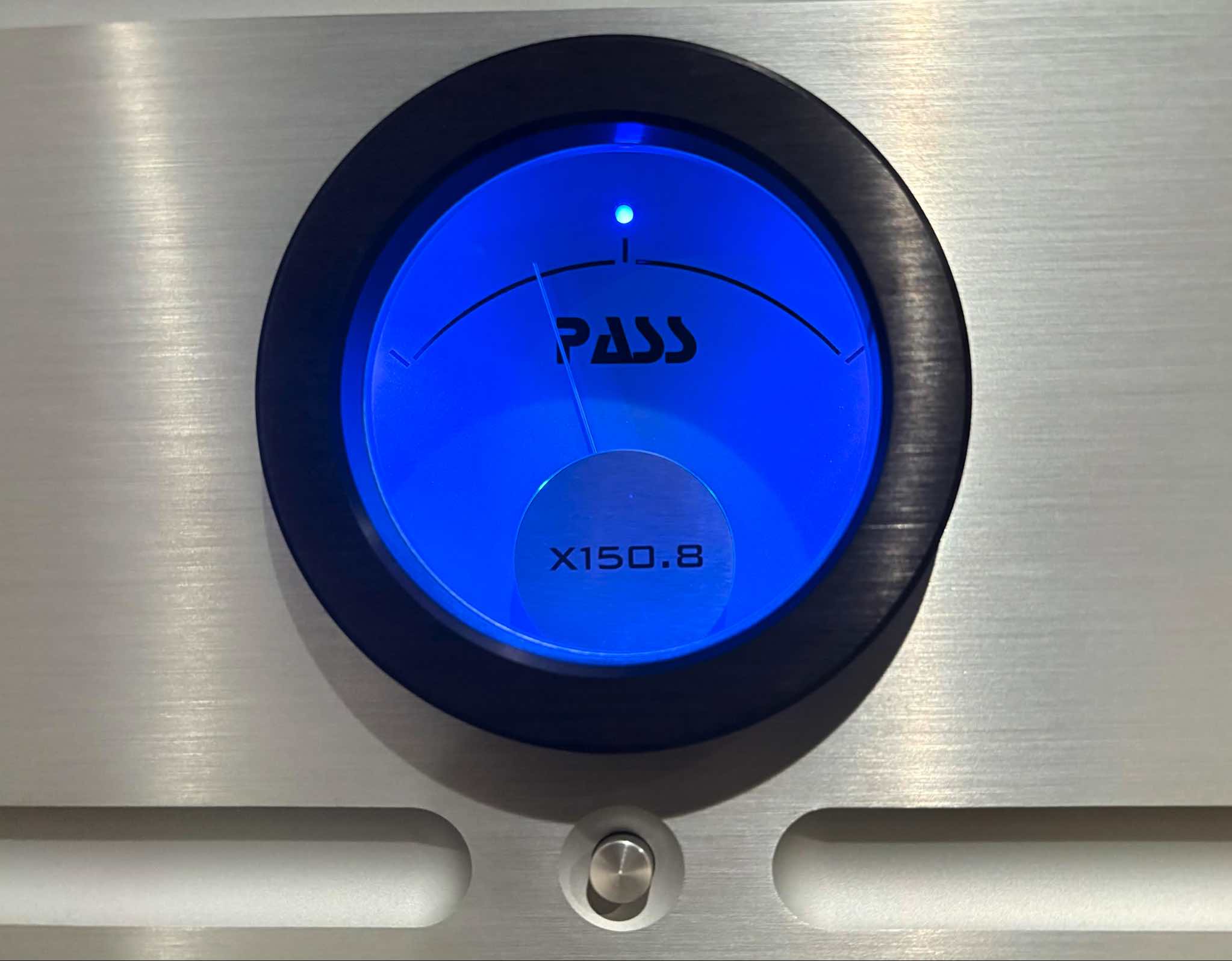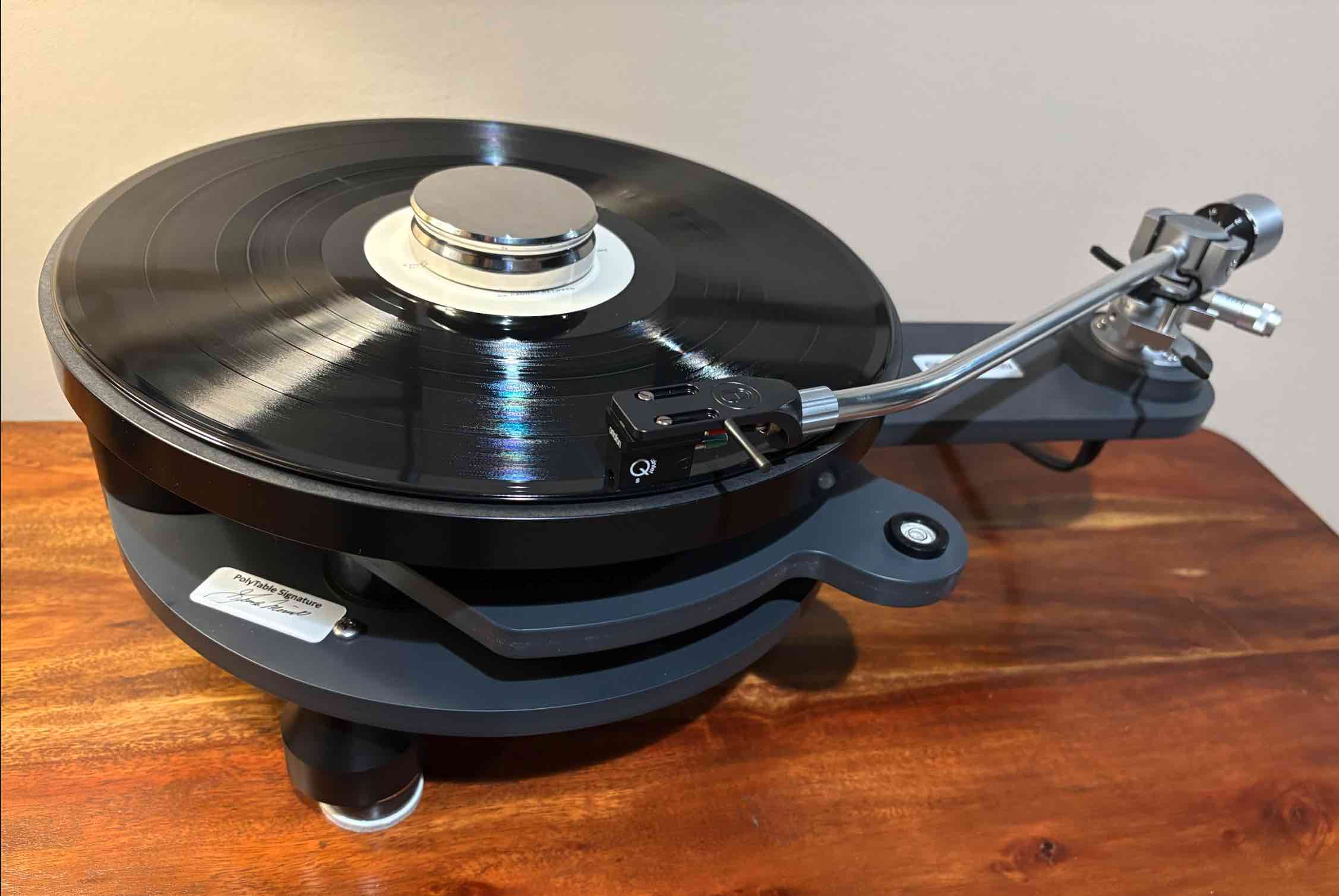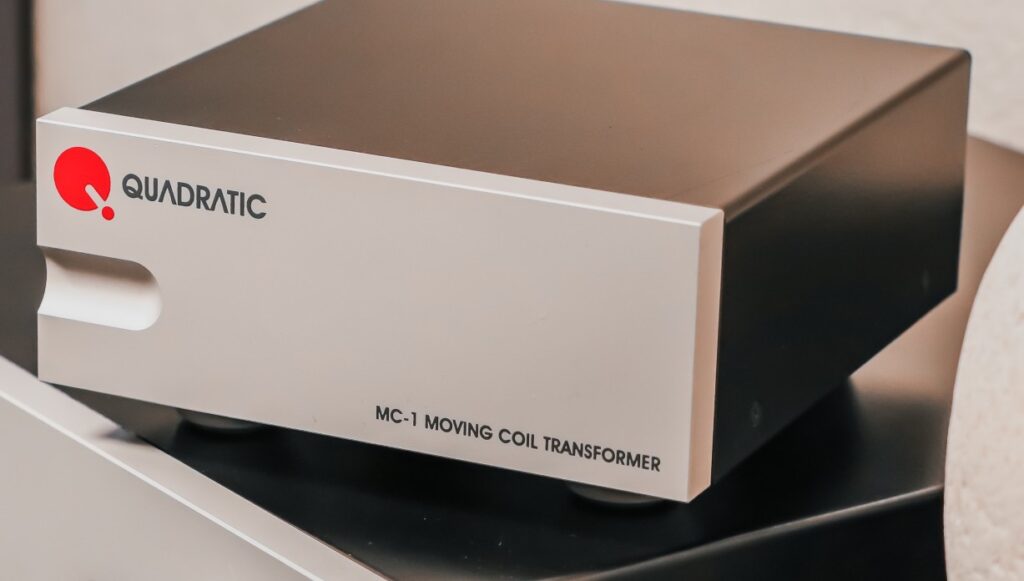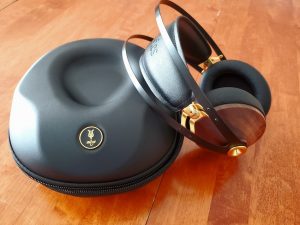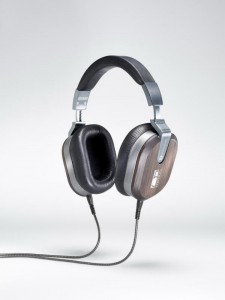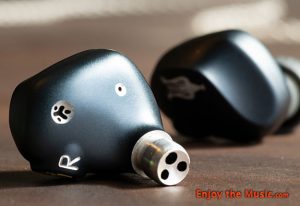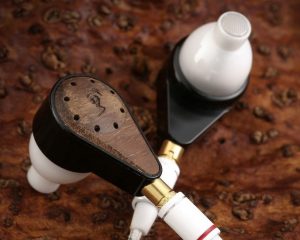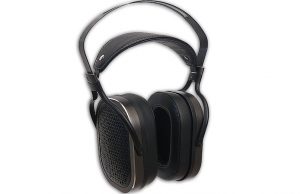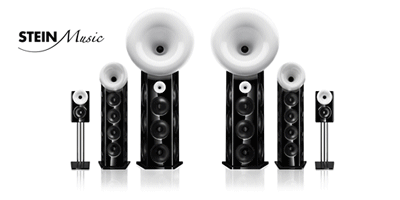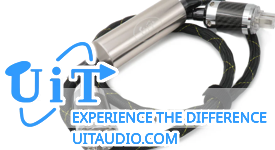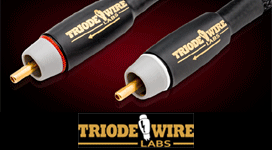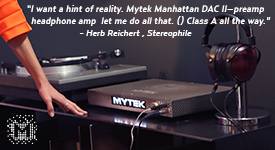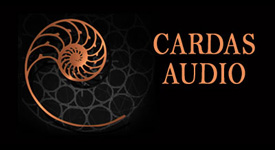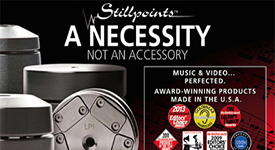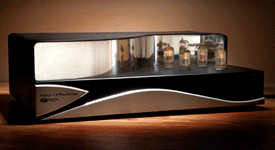Good headphones immerse you in an aural cocoon, delivering remarkable soundscapes that allow you to escape the noise and stress of daily life. Whether I was listening to Steely Dan tapes with their low-grade hiss on an AM/FM radio cassette player over Koss "Stereophones" back in 1979 at my college dorm room, or savoring a show, vinyl, or Hi-Res digital files through planar headphones on a Pass Labs HPA-1 headphone amplifier in our home in 2024, I've truly cherished these moments.
I was gifted a pair of Fostex TRP-50 headphones about five years ago. They beautifully captured the essence of the music, but soon, my curiosity led me to explore other options. In my journey, I reviewed the Questyle M12 Mobile Phone Headphone Amp and DAC (HERE), and at an industry friend's suggestion, I reached out to Dan Clark Audio to try their $2000 Ether 2 open-backed planar headphones. I was thoroughly impressed with their performance during my reviews of the Soncoz SGA-1 Headphone Amp (HERE) and the iFi Go-Bar dongle headphone amplifier (HERE). Many might consider the Ether 2 their ultimate headphone choice, but I couldn't resist the allure of their flagship closed-back $4000 Stealth planar phones. Just how much better could they be?
The answer mirrors my recent car ownership experiences. For years, I've driven a red 2010 Toyota Corolla that was reliable and great on gas, but conjured a line from Randy Newman's 70s hit, Short People: "They got little cars that go beep, beep, beep." So recently, I traded it in for a pearl white 2024 Lincoln Corsair SUV as a gift for my wife, Belle, and took over her angular, 2020 black Toyota RAV4 GR Sport, which feels more masculine and substantive than my former car, boasting 203 horsepower, four-wheel drive, and a smoother, quieter ride. But as nice as it is, Belle's all-wheel-drive Lincoln trumps it with its swank swept body, rotating LED headlights, turbocharged 250 horsepower, large sunroof, heated and cooled stitch-leather seats, dual temperature zones, and a more silky and silent ride.
The Dan Clark Audio Stealth is like the Lincoln. Its construction combines carbon fiber, aluminum, and nickel titanium. At the same time, the headband is made of stitched, padded leather (versus the Ether 2's webbed leather head strap) with an elastic suspension system that's both luxurious and convenient. (headphones.com) They're fold-able, allowing them to take up less space for travel or storage in their compact case. And with more attention to ergonomics, their ear cups are snug but very comfortable, akin to upgrading from 1969 Mustang bucket seats to the plush ones in Belle's ride.
The headphones arrive with a premium VIVO custom cable (made with silver plated OFHC copper that maximizes sound quality, is soft and supple, ultra-light, and non-microphonic) with a quarter-inch headphone plug that connects to the ear cups with four-pin Hirose push-pull connectors, a hard shell carrying case, and a microfiber cleaning cloth. Weighing 14.6 ounces, it has 87 dB sensitivity and 23 ohms impedance and comes with a two-year warranty.
A Peek Under the Hood
The Stealth employs fourth-generation proprietary planar magnetic drivers optimized for linearity and minimal distortion in tandem with a unique tuning system. Dan Clark Audio's website says, "All headphones are subject to high-frequency standing waves which can make the treble sound harsh, fatiguing, or synthetic," so to address that, they employ their Acoustic Metamaterial Tuning System (AMTS), which is their patent-pending device fitted between the headphone's drivers and the listener's ears. It's equipped with waveguides, diffusion-control, quarter-wave, and Helmholtz resonators. "Diffusion reduces some standing wave formation," it reads, "while resonators act as both precision and broad filters to smooth and shape the frequency response, smoothing the sound from the midrange through the highest frequencies."
Headphone interior images courtesy of danclarkaudio.com
To shed further light on the Stealth, its development, and all things Dan Clark Audio, I connected with its founder, chairman, and CEO, Dan Clark, via email.
Dan Clark, seen above, lives in San Diego with his wife Laurie, where they enjoy performing Improv theater together at Finest City Improv and Mockingbird. Danis an avid cyclist and a former extreme skier. He also enjoys weightlifting. Photo courtesy of Dan Clark
Words from Designer, Dan Clark
I grew up in the San Francisco area, Marin County. It was a great place to be a teenager, with easy access to all sorts of music, from the Opera to small clubs, everything was available to us, which sparked my early love of music and audio.
On lessons learned working in executive roles at places like Apple Computer, Compaq, and Sun Microsystems
I enjoyed my early career in tech, finding the people and the work to be really interesting. I did find that the bigger the company the less I enjoyed it, and so I also worked at a number of smaller startups. Eventually, I found that the culture of tech had shifted enough that I no longer found the work interesting or rewarding, so I decided to strike out on my own and founded MrSpeakers, which started producing headphones in 2012. It sure is more satisfying spending my days trying to make products that make people happy instead of making venture capital happy! That said, the experience I had in large-scale manufacturing, product management, product marketing, and marketing all played a critical role in starting up Dan Clark Audio. In fact, I got my MBA while working at Apple, which also has been a gigantic asset.
The Ether 2s with the iFi GO Bar
On his early days at MrSpeakers on up through the founding of Dan Clark Audio and the development of the Stealth headphones
It's been an interesting ride, that's for sure! We started out modifying headphones made by Fostex and reselling them under our own brand. That provided the cash flow needed to build our basic infrastructure and to design our first headphone designed entirely in-house, the ETHER. With ETHER we began to learn about the effects of motor structures on performance, and we had our first major technical advancement, our TrueFlow technology to smooth airflow through motors. We then moved towards cost-reducing the ETHER technology, resulting in the release of our iconic AEON headphones. Our next major technical advance was the development of the Acoustic Metamaterial Tuning System, or AMTS, giving us the ability to shape high-frequency response while simultaneously eliminating standing waves.
More on the AMTS tuning system beyond the website description on their website
AMTS doesn't really have specs per se, it's a component used to tune frequency response and eliminate standing waves. The degree to which it does so varies by implementation, it's got so many different filters and aspects to operation and design that it's just too hard to answer this.
On their fourth-generation planar magnetic driver employed in the Stealth, and what sets it apart from previous generations and the competition
Sorry, we don't want to go into deep specifics. The long and short is we invested massively in stabilizing the diaphragm to linearize response and reducing distortion, as well as optimizing rigidity and stability. We also developed a new porting system to improve bass output.
Tips for optimal headphone listening pleasure and experience
The most important thing I can think of is to just be in a comfortable and relaxed space. A note is also to pay attention to keeping your jaw relaxed. For some people, clenching the jaw restricts the ear canal which may then change the high frequency response of the headphone you are using. In my case clenching my jaw makes female vocals sound bright!
On the do's and don'ts for headphone listeners, in terms of proper care for their headphones?
Do store headphones on stands that prevent pad to pad contact, or use a spacer. This extends pad life. Do not store your headphones in direct sunlight, which can age the pads, leather, and even fade some finishes.
Where he sees the home audio industry going in the near and long term
At least in the headphone space, there will probably be a continued convergence towards a more standardized tonality. When the Harman Curve was released in 2013 and updated in 2018, it had a significant impact on the direction of the industry, an impact which continues today as more vendors release products that are within reasonable limits relative to the average response.
It’s also worth differentiating between open and closed headphones WRT compliance to the general Harman curve. While closed headphones have a few more levers to pull to shape bass response, open headphones, particularly planar magnetic designs, tend to have a bass response that falls well below the target curve. In fact to my knowledge, with the introduction of Expanse, we’re the only planar magnetic headphone producer that has addressed bass contouring to achieve curve compliance. This is definitely an area I’d expect to see manufacturers attempt to address in the future.
Gentlemen, Start Your Engines! Image of the Stealth in action courtesy of Crutchfield.com
Less efficient than the Ether 2s, the Stealth indeed wrings out an extra level of detail, nuance, and refinement that I had not expected. Sleeker in look, they're more comfortable. Boasting a new planar driver, it renders a delightful and effortless sonic experience devoid of listener fatigue.
On longterm loan, I find the Stealth superb for late night HD movie and sports events, where they take on a life of their own, breathtaking, vivid and visceral, without disturbing others (like a slumbering mate) in adjoining spaces. And listening to high-quality recordings with Stealth headphones in tandem with good electronics, time passes quickly, as you fall in love with music again.
Time for a Test Drive
The crowd's murmurs give way to applause and cheers in Copenhagen, Denmark's Amager Bio music venue. Sparkling cymbal taps by drummer, Tim Thornton, are enjoined by the fingerpicking arpeggio on acoustic guitar by Fink. In succession, the wooly rhythmic thump of the kick drum, syncopated snare rim taps, and Guy Whitaker's bass–round and deep–join in. Then, Fin Greenall (AKA Fink) close-miked brooding baritone sings, "Biscuits for breakfast, cup of tea for the man/Four more years of this [expletive] and I'll be on 16 grand." (Fink, Wheels Turn Beneath My Feet. Qobuz FLAC 44.1kHz, 16-Bit. Ninja Tune, 19 March 2019.)
Brilliantly recorded, with the Ether 2s, it's a crisp, detailed, and full-bodied presentation. With the Stealth, there's just a little more clarity and definition throughout the spectrum, from Whitaker's low bass line, the mid-bass kicks and snare, the taut timbre of Greenall's guitar, and the grain in his vocals in the midrange, to the shimmering ring of the cymbals in the highs.
Stevie Ray Vaughan and Double Trouble hit the ground running in their vividly visceral Texas blues shuffle, "Tightrope" (Stevie Ray Vaughan, In Step. Mobile Fidelity Sound Lab DSF DSD 64 converted to 192kHz, 32-Bit. Epic, 1992). Vaughan's gritty baritone has a catchy, familiar tone like Huey Lewis's (whom he opened for in 1984) that makes you want to boogie, and along with his Fender Stratocaster's ferociously fast and precise growl and whine, the snap of Chris Lyton's snare, and Reese Wynans' key comping, rounded out by Tommy Shannon's tight baseline, it's a thoroughly satisfying blues romp.
With the Ether 2s, it's rich and full-bodied with a beefier, bassier balance, while with the Stealth, it's a tad leaner on the lower end and more delineated up through the mid-bass and upper registers. It's a more revelatory experience in those regions, as it unpacks precious details with prowess. Like turning up the treble tone control on your dad's old HiFi, vocals, keys, guitar, bass, and drums are more striated and defined. It's comparing the Arnold Schwarzeneger winning his first Mr. Universe title in 1967 to his fifth Mr. Olympia version in 1974; the former was visually arresting and massive but smoother, while the latter kept much of the bulk but was more ripped and refined.
In Eva Cassidy's "Cheek to Cheek," the Stealth renders her humming intro, Lenny Williams' piano, Chris Biondos' deep purring bass, Cassidy's deft electric guitar and honey-gilded soprano vocals accompanied by Raice McLeod's cymbals and snare with uncanny realism, vim, and vigor (Eva Cassidy, Live at Blues Alley. Qobuz FLAC 44.1kHz, Eva Music May 1996).
The Ether 2 and Stealth capture that sense of realism, atmosphere, and magic, but with the latter, Cassidy's vocals, the grain of her acoustic guitar, and the lilt of the cymbals, for example, take on a lighter, more open, refined, and spacious sound. It's as if the Stealth is a wonderful set of electrostatic or planar loudspeakers, while the Ether 2 is an excellent pair of box speakers.
As if roused from a night's rest, the pensive and tender flute's solo, soon joined by woodwinds, horns, and the silvery strings of a harp; the song pauses and rises again, this time accompanied by strings in "Prelude a l'aspres-midi d'un faune (Prelude to the Afternoon of a Faun) for Orchestra, L. 86" (Debussy: Orchestral Works. DFF DSD64 converted to 192kHz, 32-Bit. Phillips #4646972, August 18, 2004). It unfolds with "above average scores in Chord Complexity, Melodic Complexity, Chord-Melody Tension, Chord Progression Novelty, and Chord-Bass Melody, served up, alternatively in E Major, and D♭ Major." (hook theory.com) Performed by the Lyon National Orchestra, there's a sense of ease and underlying power, magnificence, and scale in this superb recording. Individual instruments like the bassoon, flute, oboe, and harp stand out, backlit against the orchestra's successive swells. Brimming with realism, it's both soothing and invigorating with the Ether 2s.
With the Stealth, the flute has more clearly defined leading and trailing edges and separation—as do the harp, the bassoon, woodwinds, and brass. Individual instruments' unique signature like bowed violins, oboe, and English horns are extracted just a bit more. You can't go wrong with either one, but with the Stealth, you wring out a tad more clarity and harmonic detail, particularly in the mid bass on up through the upper reaches of the treble. And its clarity, natural tone, and timbre reminds me a bit of the coveted SM75-150 midrange driver in the ATC SCM40 loudspeakers currently in for review.
Time Trials Verdict
Having put the Stealth through the paces on my sound system's track, I've come to appreciate them immensely (you can see a list of associated equipment by clicking on my byline at the beginning of this review). Like Stevie Ray Vaughan's Stratocaster, they're very fast, accurate, and precise with an incredibly deft touch and sensitivity, when needed, through a wide swath of material. And, unlike a sports car's seats, they're quite comfortable for long hauls.
With the Stealth's impedance of 23 ohms and 87 dB sensitivity, you'll need a quality headphone amplifier with some power (the Ether 2s are easier to drive with an impedance of 16 Ohms and a sensitivity of 92 dB)—which is one of the reasons I enlisted the Pass Labs HPA-1 headphone amplifier—but the rewards are substantial.
Being so balanced and revealing, the Stealth has proven stellar in evaluating other high fidelity equipment like the Gem Dandy PolyTable Signature turntable (HERE) where I wrote, "It was Saturday morning when I began the session, and my wife, Belle, was sleeping in, so cranking up the loudspeakers was out. Not a problem! I enlisted a pair of Dan Clark Stealth planar headphones over the Pass Labs HPA-1 headphone amplifier and dove right in." It also served as my primary evaluation tool in my review of the Pass Labs HPA-1 headphone amplifier (HERE). In that review, I compared the HPA-1 with another great headphone amp, the Cypher Labs Prautes headphone amplifier (now out of production)—which delivers plenty of pop by employing a 12AU7 tube gain stage in tandem with a pair of 50L6 or 25L6 tubes in push-pull mode, resulting in more power than most headphones and enabling it to drive high efficiency speakers like the Zu Audio Soul with roughly two watts power.
Now with the Prautes, the Stealth headphones painted "an aural image with bolder, broader brush strokes... that, while also vivid and very natural-sounding, is a touch bolder and darker." It occurred to me that with the Stealth's higher power demands, even when adjusted for volume, it may have sounded slightly lighter in the lower regions when compared with the more efficient Ether 2s on the HPA-1. That I don't know. The bigger takeaway for me was that the Stealth gave more full expression to detail throughout the sound spectrum, especially from the mid-bass on up through the upper treble regions (roughly 4000-20,000Hz). You can enjoy the effects of a sublime straight-shooting solid state amp like the HPA-1 or experiment with rolling tubes in a vacuum tube amp to tailor your soundscapes. Either way, you'll have a lavish listening experience befitting Greek gods.
That's not to say that the Ether 2s aren't great. They're amazing. However, as with Belle's Lincoln, if you're willing to plunk down some extra cash, the result will be a very refined and noticeably luxuriant upgrade. And, as such, I highly recommend the Dan Clark Audio Stealth Headphones.
Specs/General Information
- Driver: 76mm x 51mm single-ended planar magnetic
- Driver matching: 0.25db weighted 20-10,000Hz
- THD: less than 0.03% 20-20kHz, ref. 1KHz at 94dB
- Headband: Nickle-Titanium
- Baffle: Carbon Fiber
- Ear Pads: Synthetic Suede and Leather
- 79" detachable, fabric-covered VIVO cable with a 1/4" headphone plug connects to left and right ear cup with 4-pin Hirose push-pull connectors
- Micro-fiber cleaning cloth
- Hard-shell carrying case
- Sensitivity: 87 dB
- Impedance: 23 ohms
- Weight: 14.6 ounces
- Warranty: 2 years
Stealth Closed Back Planar Headphones
Retail: $3999
Dan Clark Audio

